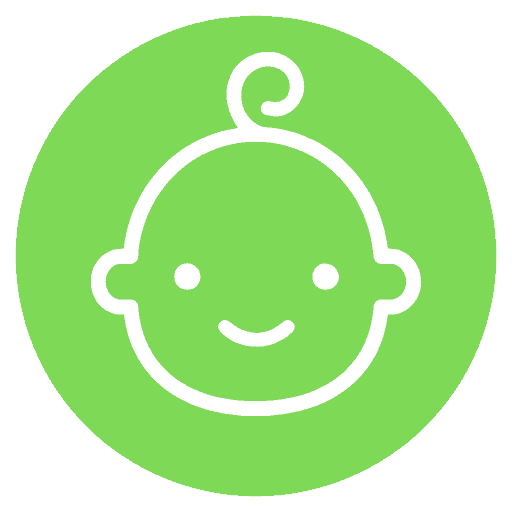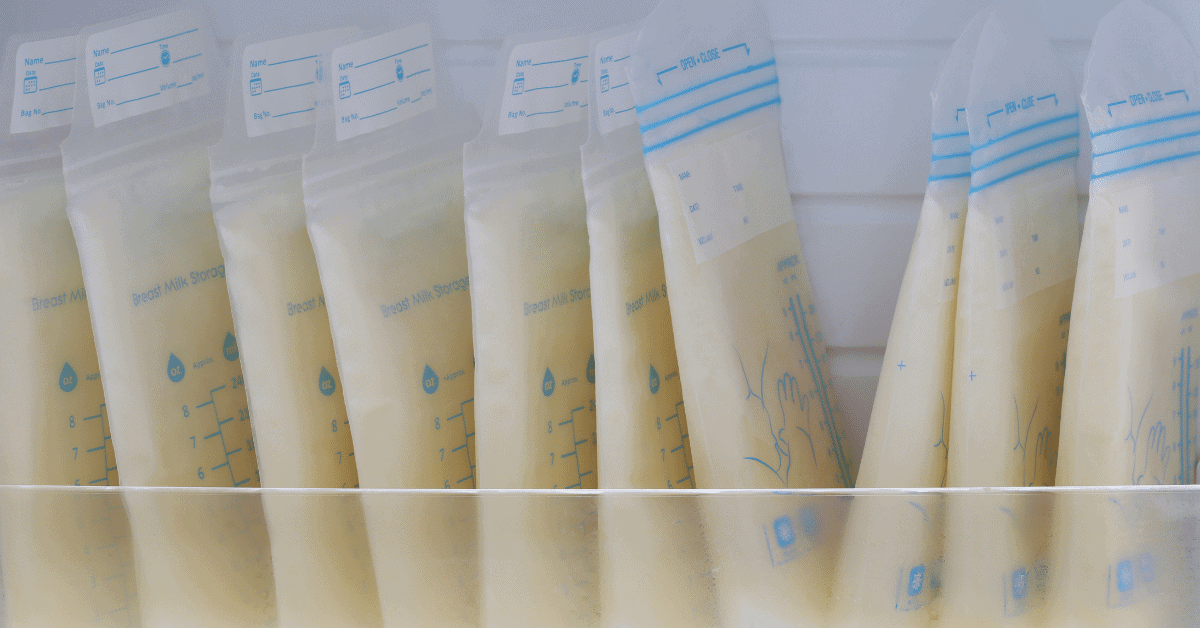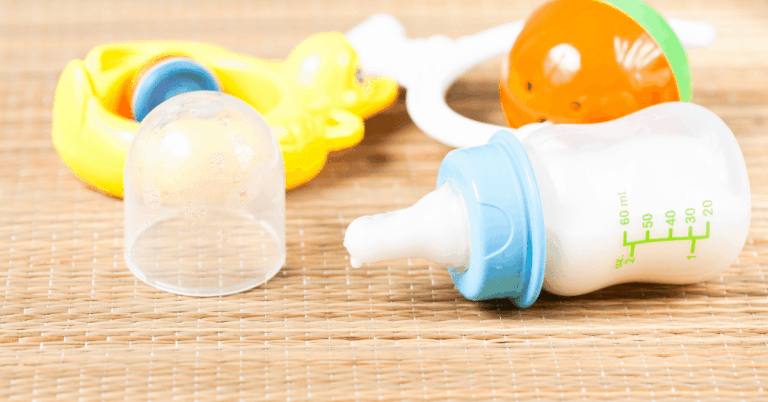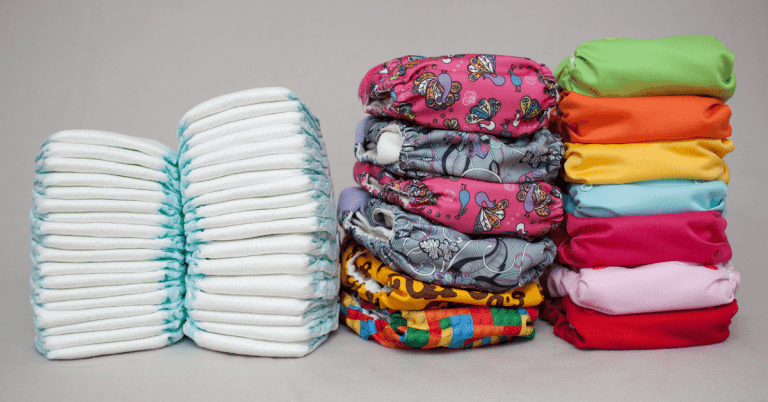Breastmilk Storage Guidelines (for healthy babies)
When you’re not around, breast milk is the greatest nourishment for your baby to eat. So, what are the safest breastmilk storage options?
You can express your breast milk and preserve it for your baby to enjoy when you’re not around, whether you’re returning to work, going to a gym class, or simply wanting your husband to be able to feed the baby so you can catch up on some sleep.
Expressed milk retains the majority of its health benefits, so it’s significantly better for your baby than any type of formula if you have to skip a feed.
However, appropriate hygiene is essential to guarantee that stored milk is safe for your baby; check the chart below to learn how to properly store breast milk.
Breastmilk Storage Chart
| Location | Temperature | Duration healthy for Freshly Expressed Breastmilk | Duration healthy for Thawed Breastmilk/ Previously Frozen | Comment |
| Countertop, Table, etc | Room temperature (up to 77 ºF or 25º C) | 6-8 hours | Do not store | Containers should be covered and kept as cool as possible; covering the container with a cool towel may keep milk cooler. |
| Insulated Cooler Bag | 5-39 ºF – 15-4 ºC | 24 hours | Do not store | Keep ice packs in contact with milk containers at all times, limit opening of cooler bag. |
| Refrigerator | 39 ºF 4 ºC | 5-7 days* | 24 hours ** | Store milk in the back of the main body of the refrigerator. |
| Freezer (Self contained frig freezer unit) | 0 ºF -18 ºC | 3-6 months | Do not refreeze thawed milk | Store milk toward the back of the freezer, where temperature is most constant. Milk stored for longer durations in the ranges listed is safe, but some of the lipids in the milk undergo degradation, resulting in lower quality. |
| Deep Freezer | -4 ºF -20 ºC | 6-12 months | Do not refreeze thawed milk |
– contact your physician, lactation consultant or breastfeeding specialist for further information.
Switching between breast and bottle can sometiems cause issues and confuse the baby, as you can read about here.
Whenever possible, breastfeeding is the best option for the childs nutritional health and physical development. Children who are not breastfed sometimes experience poor jaw development which can impact their appearance into adulthood.
Non-breastfed children are also more likely to develop mouth-breathing habits due to the fact that bottles don’t require the use of mouth and jaw muscels to get the milk.
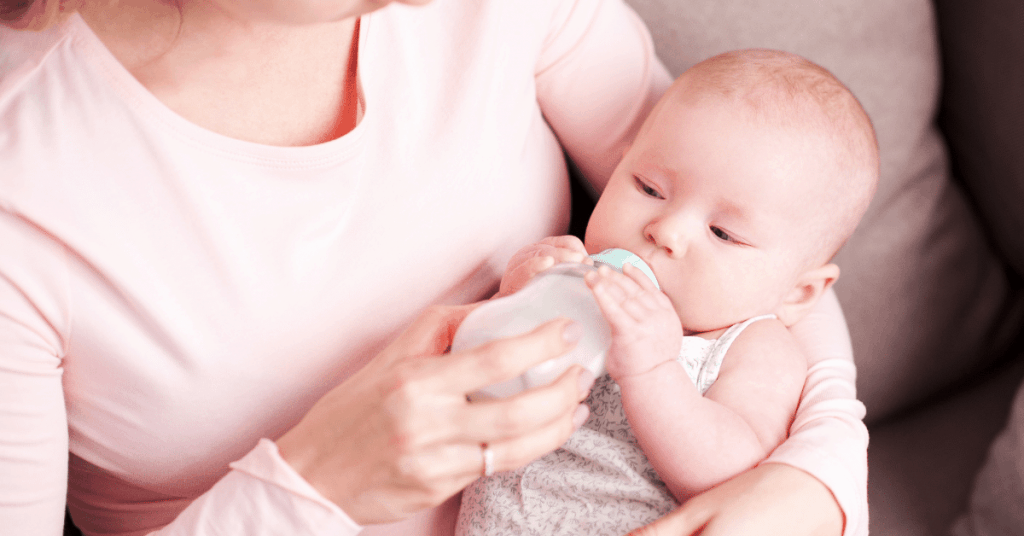
The first few weeks of nursing are a steep learning curve, and you’re not alone if you find it daunting at times. While feeding all day and night is common and beneficial to your milk supply, it can be exhausting. So be patient, take care of yourself, and know that it will get a lot easier after the first month as your milk production grows.
When unable to breastfeed, breastmilk via bottle-feeding is the second best option, with formula and store bought options a distant third.
Formula is best used as a backup (always good to have some of it in the house just incase theres some kind of emergency where you are unable to breastfeed and theres no stored breastmilk on hand).
Formula can also help in weening, particularly if you have multiple young children, formula can be a life saver to keep your breasts from being overworked (if experiencing extreme discomfort don’t feel bad about taking a day here and there off breastfeeding).
You can use a cooler bag with ice packs to transport your milk between work and home or childcare.
Breast milk can be defrosted in the refrigerator in 12 hours or less. Alternatively, place the frozen milk bottle or bag under warm running water (maximum 37 °C or 99 °F). Do not thaw frozen breast milk at room temperature.
With breastmilk, follow the above breastmilk storage guidelines for optimal health and safety. For continued up to date information, check the CDC resourse here.

